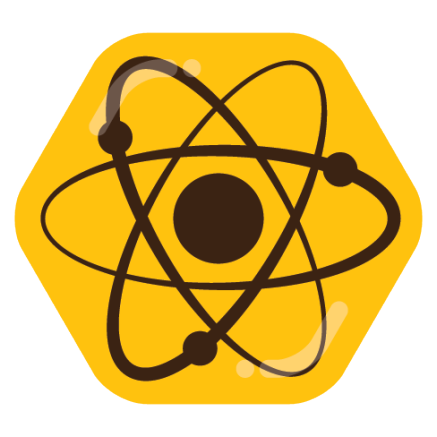In early June, shortly after the beginning of the Atlantic hurricane season, Google unveiled a new model designed specifically to forecast the tracks and intensity of tropical cyclones.
Part of the Google DeepMind suite of AI-based weather research models, the “Weather Lab” model for cyclones was a bit of an unknown for meteorologists at its launch. In a blog post at the time, Google said its new model, trained on a vast dataset that reconstructed past weather and a specialized database containing key information about hurricanes tracks, intensity, and size, had performed well during pre-launch testing.
“Internal testing shows that our model’s predictions for cyclone track and intensity are as accurate as, and often more accurate than, current physics-based methods,” the company said.
Google said it would partner with the National Hurricane Center, an arm of the National Oceanic and Atmospheric Service that has provided credible forecasts for decades, to assess the performance of its Weather Lab model in the Atlantic and East Pacific basins.


This is an interesting example of narrow-AI working well on a problem it was specifically trained for.
Too bad people are going on wild goose chase trying to build AGI using LLM, creating more problems than they’re solving. Narrow AI are easier to build, people know how to build them, and they typically give better results, but they don’t get as much attention or money. It’d be willing to pay a subscription to access a collection of decent narrow AIs that works well for specific tasks, but not LLM that do many thing poorly.